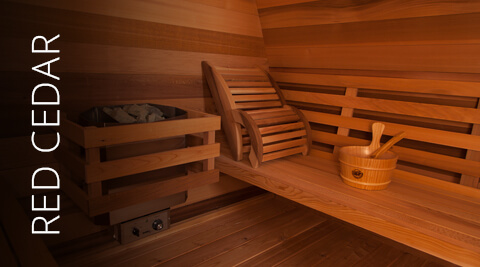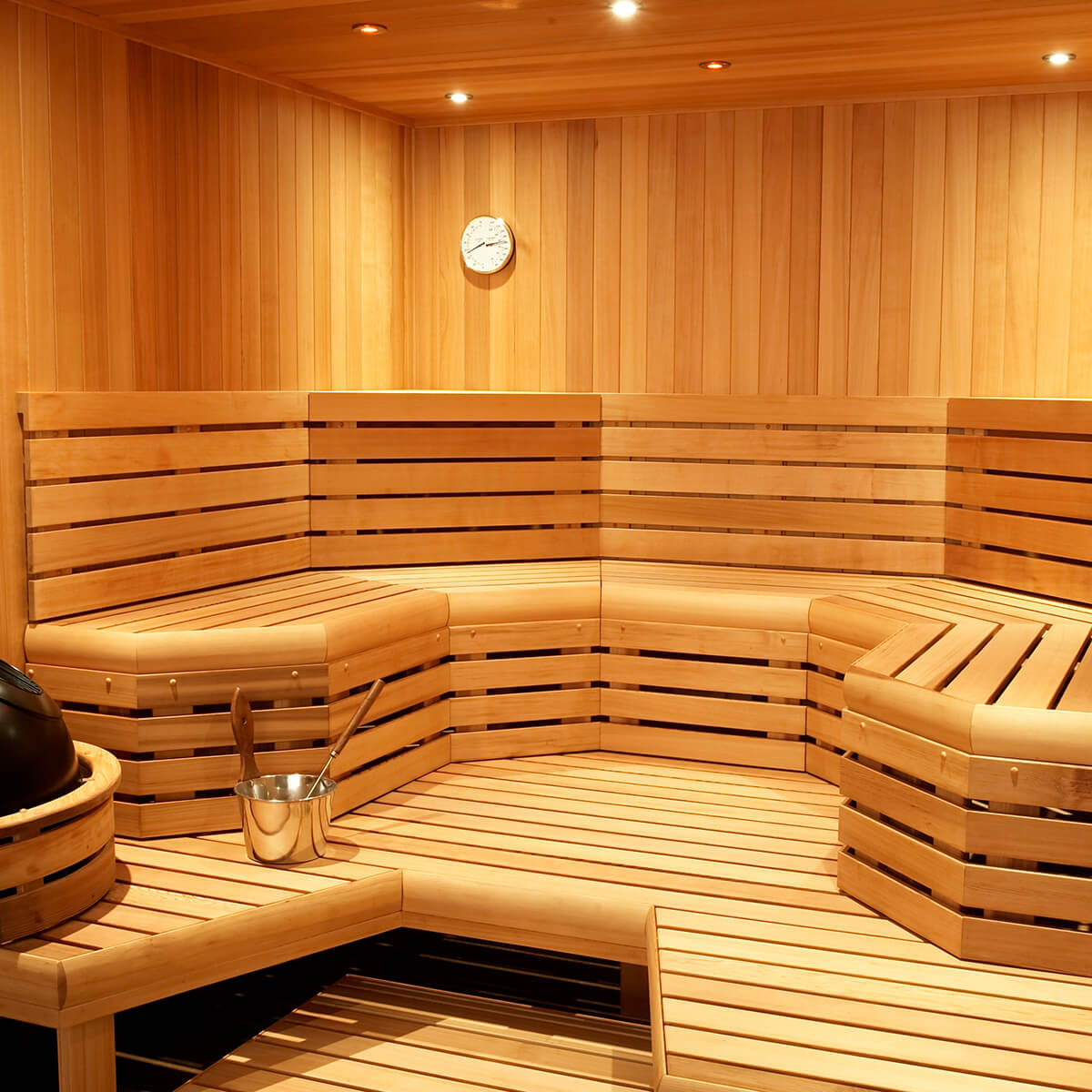About Traditional Sauna
Table of ContentsLittle Known Questions About Traditional Sauna.The Ultimate Guide To Traditional Sauna9 Easy Facts About Traditional Sauna ShownThe Greatest Guide To Traditional SaunaFacts About Traditional Sauna Uncovered
The majority of the weight lost in a sauna is water loss and is re-gained upon rehydrating. Nonetheless, undoubtedly sauna can be a vital part of a healthy weight management program. To consider the distinctions between typical and IR saunas, I will certainly separate these right into proven, theoretical, and made differences.Hence, the most popular factor in the saunawhich is at the ceiling directly over the sauna heateris typically in between 185 and 190 F. Claims that a traditional sauna exceeds 200 F is merely not true and not suitable for electric saunas marketed in the United States. The temperature for a far-infrared sauna is generally set between 120 and 140 F; nevertheless, unlike the conventional sauna, the goal in and IR space is not to attain a high temperature level.
As a result of this, the temperature level difference is virtually pointless, given that extreme sweating results in both sauna types, but the technique of warming the body is various. In an IR sauna the bather will feel hot and will certainly sweat a lot, however at a lot reduced temperatures (Traditional Sauna). Thus, if the objective is to spend longer periods of time in the sauna, the IR sauna is an excellent choice
When a standard sauna has been correctly heated, the sauna walls are cozy, the air temperature level has attained set temperature level and the rocks are super warmed. As an intriguing side note, the heated walls and the rocks are sending out far-infrared warmth, combined with the warmed air, to develop an "covering warmth".
The Definitive Guide to Traditional Sauna

When the heat is attained, the elements cycle on and off to preserve the heat. Most conventional sauna users take pleasure in putting water over the rocks to create steam to elevate sauna moisture levels. The advantages of putting water over the rocks consist of: making the space more comfy, dampening the nasal passages, and enabling the usage of aromatherapy by blending vital oils with the water.

When the power enters the body, it causes the body temperature web link to raise and inevitably causes perspiration. In an infrared sauna it's crucial for the emitters/heaters to stay on almost continuously. Considering that there is no mass of rocks to retain heat, the sauna will cool down if the emitters turned off.
As discussed above, the sauna bather in an infrared area wants to place himself before operating emitters to obtain optimal gain from the warm. The heating time for both rooms can be very different, relying on how the areas are utilized. For a traditional sauna, a bather must allow 30-40 mins for the area to accomplish a desired temperature and to correctly pre-heat the rocks.
The Best Strategy To Use For Traditional Sauna
A well constructed sauna will typically attain a temperature of 150-160 F in regarding 30-40 minutes. For hotter temperature levels, the area might require to warm for a longer duration. Once the area accomplishes set temperature, the heating system will cycle on and off, commonly operating regarding 50% of the time. The protected walls and the warmed rocks will keep the room warm and at secure temperature levels.

Typical saunas informative post have a tendency to be bigger (thus utilize more electrical energy) than infrared saunas, get more although conventional saunas are definitely available in one and two person dimensions. For a two-person traditional sauna, 5x6 or 5x7 dimension is most preferred. The leading bench can comfortably seat two or 3 individuals and is likewise long sufficient to lie down during the sauna session.
How Traditional Sauna can Save You Time, Stress, and Money.
The ordinary price per kWH of power in the united state is roughly $0.11, so a 4.5 kW heating unit will set you back roughly $.50 to compete one hour, if the heating unit runs constantly for one hour. Normally a sauna heater will certainly run for 75% of the first hour and 50% of succeeding hours on considering that the components cycle once the established temperature level is achieved.

There is a rarely reviewed distinction in the social experience between the two spaces. While our culture has lost some of the social benefit of the traditional sauna experience, it can be extremely socially gratifying (Traditional Sauna). From family members time in the sauna, to heart-felt discussions with better halves, to sauna partiesthe typical sauna experience can cause intimate mingling
Examine This Report on Traditional Sauna
Most greater end infrared spaces include colored light therapy, noise systems and full-glass fronts. The size of most areas permit 2 people to pleasantly utilize the room, while some styles may permit a 3rd or fourth individual to make use of the room. Custom infrared areas are also readily available, with room dimensions available as much as 7' x 8' x 7' high.